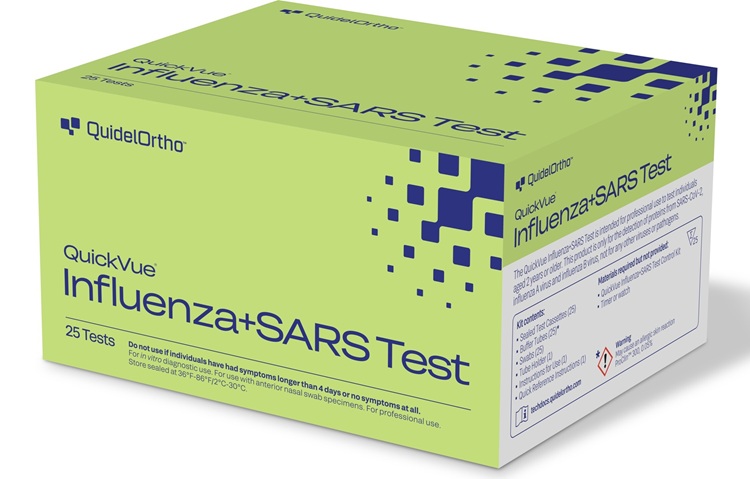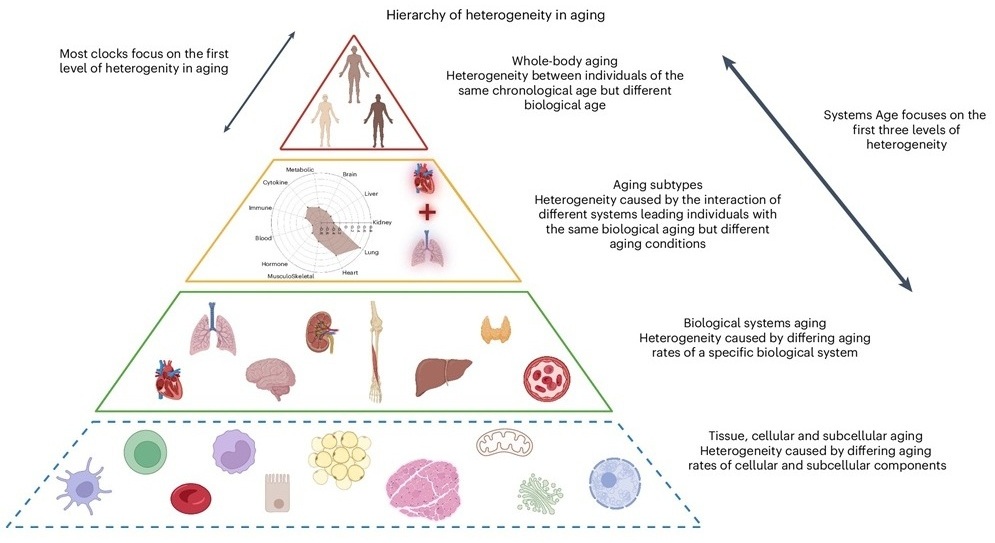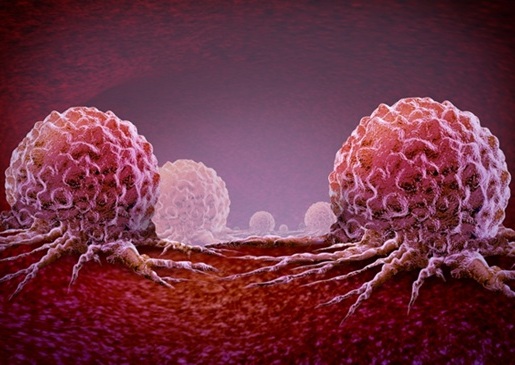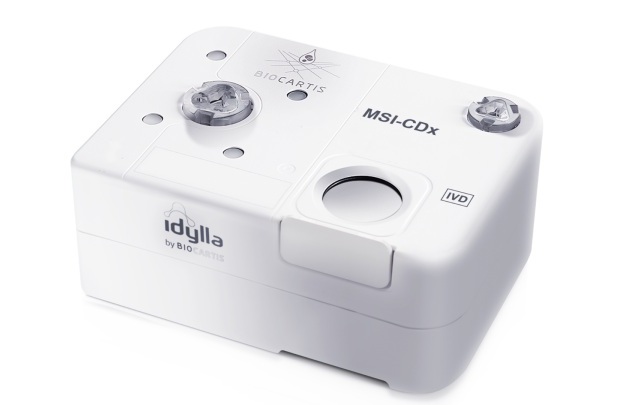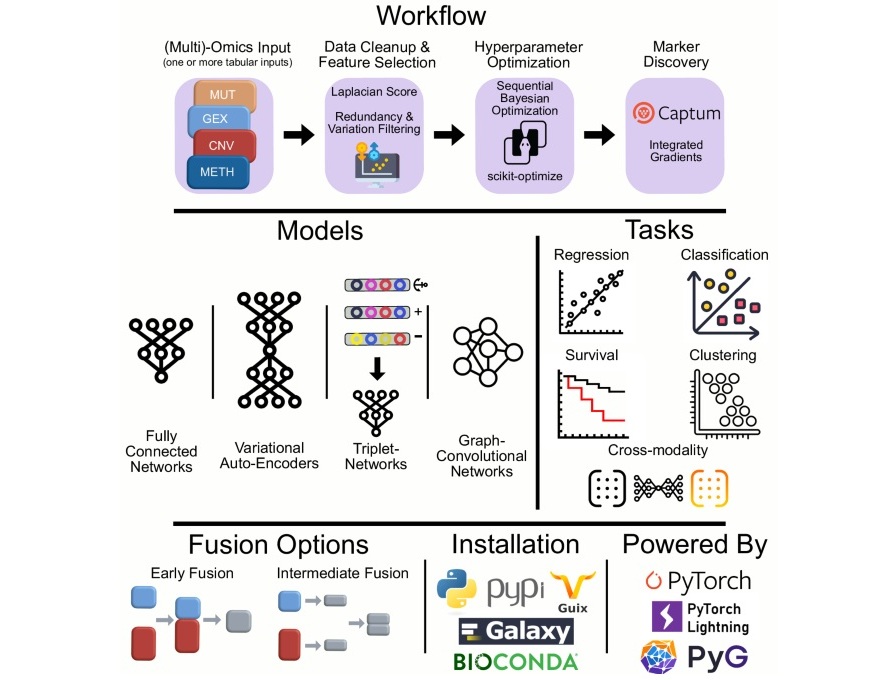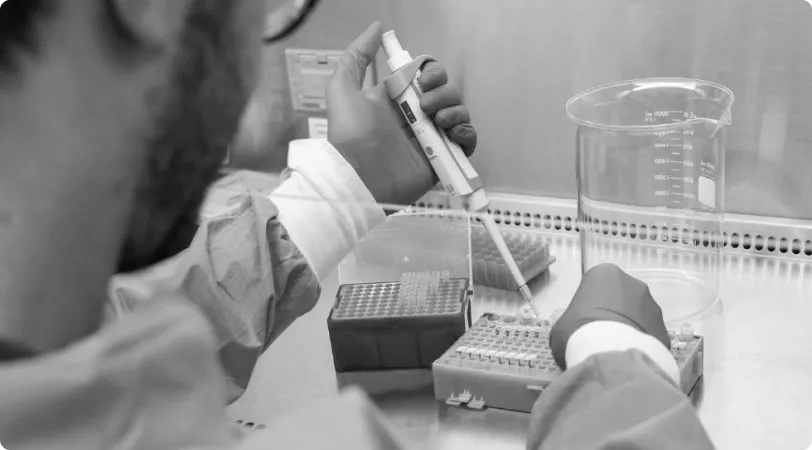Expo
view channel
view channel
view channel
view channel
view channel
view channel
view channel
view channel
view channel
Clinical Chem.Molecular DiagnosticsHematologyImmunologyMicrobiology
TechnologyIndustry
Events
Webinars

- Simultaneous Cell Isolation Technology Improves Cancer Diagnostic Accuracy
- Simple Non-Invasive Hair-Based Test Could Speed ALS Diagnosis
- Paper Strip Saliva Test Detects Elevated Uric Acid Levels Without Blood Draws
- Prostate Cancer Markers Based on Chemical Make-Up of Calcifications to Speed Up Detection
- Breath Test Could Help Detect Blood Cancers
- Rapid Immunoassay Distinguishes Between COVID-19 and Seasonal Flu Infections In 10 Minutes
- Single Blood Test Reveals Biological Ages of Different Organs and Bodily Systems
- Metabolic Markers Predict Breast Cancer in High-Risk Women
- Simple Blood Tests Identify Pregnant Women at Risk of Serious Complications from Pre-Eclampsia
- Genetic Test Predicts Response to Weight Loss Medications
- Pioneering Model Measures Radiation Exposure in Blood for Precise Cancer Treatments
- Platelets Could Improve Early and Minimally Invasive Detection of Cancer
- Portable and Disposable Device Obtains Platelet-Rich Plasma Without Complex Equipment
- Disposable Cartridge-Based Test Delivers Rapid and Accurate CBC Results
- First Point-of-Care Heparin Monitoring Test Provides Results in Under 15 Minutes
- Novel Tool Uses Deep Learning for Precision Cancer Therapy
- Companion Diagnostic Test Identifies HER2-Ultralow Breast Cancer and Biliary Tract Cancer Patients
- Novel Multiplex Assay Supports Diagnosis of Autoimmune Vasculitis
- Blood Test Predicts Immunotherapy Efficacy in Triple-Negative Breast Cancer
- Simple Genetic Testing Could Predict Treatment Success in Multiple Sclerosis Patients
- Microfluidic Platform Assesses Neutrophil Function in Sepsis Patients
- New Diagnostic Method Confirms Sepsis Infections Earlier
- New Markers Could Predict Risk of Severe Chlamydia Infection
- Portable Spectroscopy Rapidly and Noninvasively Detects Bacterial Species in Vaginal Fluid
- CRISPR-Based Saliva Test Detects Tuberculosis Directly from Sputum
- Coral-Inspired Capsule Samples Hidden Bacteria from Small Intestine
- Rapid Diagnostic Technology Utilizes Breath Samples to Detect Lower Respiratory Tract Infections
- Graphene-Based Sensor Uses Breath Sample to Identify Diabetes and Prediabetes in Minutes
- Wireless Sweat Patch Could Be Used as Diagnostic Test for Cystic Fibrosis
- New Method Advances AI Reliability with Applications in Medical Diagnostics
- Qiagen and Oxford Gene Technology Partner on Sequencing Panel Interpretation
- VedaBio Partners With Mammoth Biosciences to Expand CRISPR-Based Diagnostic Technologies
- Werfen and VolitionRx Partner to Advance Diagnostic Testing for Antiphospholipid Syndrome
- Siemens Healthineers and Carna Health Partner to Advance Kidney Care Innovation
- Tempus AI Acquires Digital Pathology Company Paige
- Gene Panel Predicts Disease Progession for Patients with B-cell Lymphoma
- New Method Simplifies Preparation of Tumor Genomic DNA Libraries
- New Tool Developed for Diagnosis of Chronic HBV Infection
- Panel of Genetic Loci Accurately Predicts Risk of Developing Gout
- Disrupted TGFB Signaling Linked to Increased Cancer-Related Bacteria
- New Microscope Promises to Speed Up Medical Diagnostics
- ESR Testing Breakthrough Extends Blood Sample Stability from 4 to 28 Hours
- Accurate Pathological Analysis Improves Treatment Outcomes for Adult Fibrosarcoma
- Clinicopathologic Study Supports Exclusion of Cervical Serous Carcinoma from WHO Classification
- Mobile-Compatible AI-Powered System to Revolutionize Malaria Diagnosis

 Expo
Expo
- Simultaneous Cell Isolation Technology Improves Cancer Diagnostic Accuracy
- Simple Non-Invasive Hair-Based Test Could Speed ALS Diagnosis
- Paper Strip Saliva Test Detects Elevated Uric Acid Levels Without Blood Draws
- Prostate Cancer Markers Based on Chemical Make-Up of Calcifications to Speed Up Detection
- Breath Test Could Help Detect Blood Cancers
- Rapid Immunoassay Distinguishes Between COVID-19 and Seasonal Flu Infections In 10 Minutes
- Single Blood Test Reveals Biological Ages of Different Organs and Bodily Systems
- Metabolic Markers Predict Breast Cancer in High-Risk Women
- Simple Blood Tests Identify Pregnant Women at Risk of Serious Complications from Pre-Eclampsia
- Genetic Test Predicts Response to Weight Loss Medications
- Pioneering Model Measures Radiation Exposure in Blood for Precise Cancer Treatments
- Platelets Could Improve Early and Minimally Invasive Detection of Cancer
- Portable and Disposable Device Obtains Platelet-Rich Plasma Without Complex Equipment
- Disposable Cartridge-Based Test Delivers Rapid and Accurate CBC Results
- First Point-of-Care Heparin Monitoring Test Provides Results in Under 15 Minutes
- Novel Tool Uses Deep Learning for Precision Cancer Therapy
- Companion Diagnostic Test Identifies HER2-Ultralow Breast Cancer and Biliary Tract Cancer Patients
- Novel Multiplex Assay Supports Diagnosis of Autoimmune Vasculitis
- Blood Test Predicts Immunotherapy Efficacy in Triple-Negative Breast Cancer
- Simple Genetic Testing Could Predict Treatment Success in Multiple Sclerosis Patients
- Microfluidic Platform Assesses Neutrophil Function in Sepsis Patients
- New Diagnostic Method Confirms Sepsis Infections Earlier
- New Markers Could Predict Risk of Severe Chlamydia Infection
- Portable Spectroscopy Rapidly and Noninvasively Detects Bacterial Species in Vaginal Fluid
- CRISPR-Based Saliva Test Detects Tuberculosis Directly from Sputum
- Coral-Inspired Capsule Samples Hidden Bacteria from Small Intestine
- Rapid Diagnostic Technology Utilizes Breath Samples to Detect Lower Respiratory Tract Infections
- Graphene-Based Sensor Uses Breath Sample to Identify Diabetes and Prediabetes in Minutes
- Wireless Sweat Patch Could Be Used as Diagnostic Test for Cystic Fibrosis
- New Method Advances AI Reliability with Applications in Medical Diagnostics
- Qiagen and Oxford Gene Technology Partner on Sequencing Panel Interpretation
- VedaBio Partners With Mammoth Biosciences to Expand CRISPR-Based Diagnostic Technologies
- Werfen and VolitionRx Partner to Advance Diagnostic Testing for Antiphospholipid Syndrome
- Siemens Healthineers and Carna Health Partner to Advance Kidney Care Innovation
- Tempus AI Acquires Digital Pathology Company Paige
- Gene Panel Predicts Disease Progession for Patients with B-cell Lymphoma
- New Method Simplifies Preparation of Tumor Genomic DNA Libraries
- New Tool Developed for Diagnosis of Chronic HBV Infection
- Panel of Genetic Loci Accurately Predicts Risk of Developing Gout
- Disrupted TGFB Signaling Linked to Increased Cancer-Related Bacteria
- New Microscope Promises to Speed Up Medical Diagnostics
- ESR Testing Breakthrough Extends Blood Sample Stability from 4 to 28 Hours
- Accurate Pathological Analysis Improves Treatment Outcomes for Adult Fibrosarcoma
- Clinicopathologic Study Supports Exclusion of Cervical Serous Carcinoma from WHO Classification
- Mobile-Compatible AI-Powered System to Revolutionize Malaria Diagnosis

























